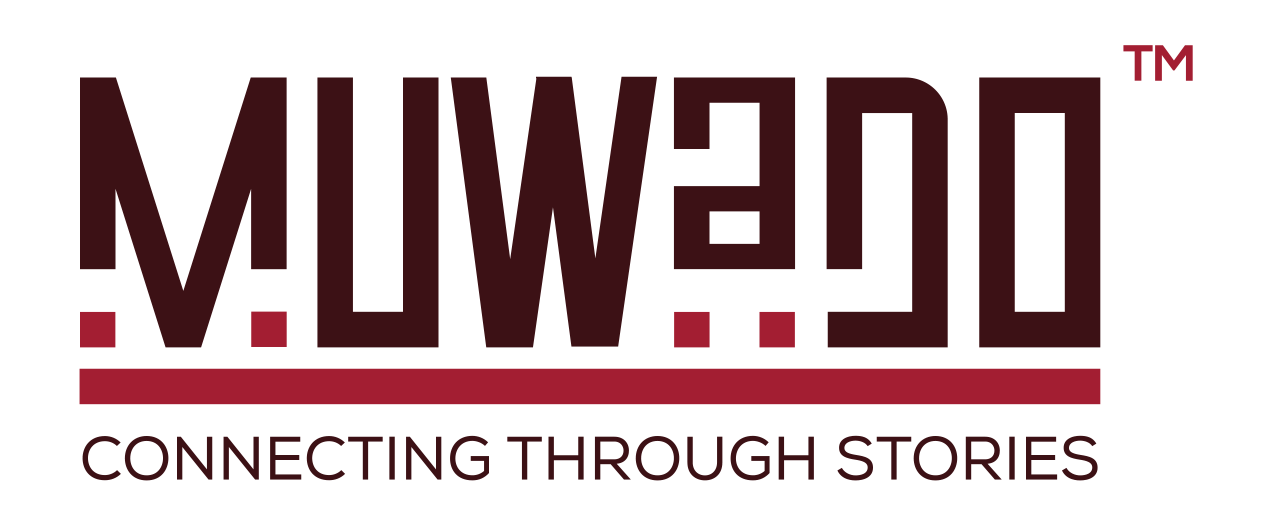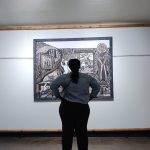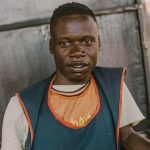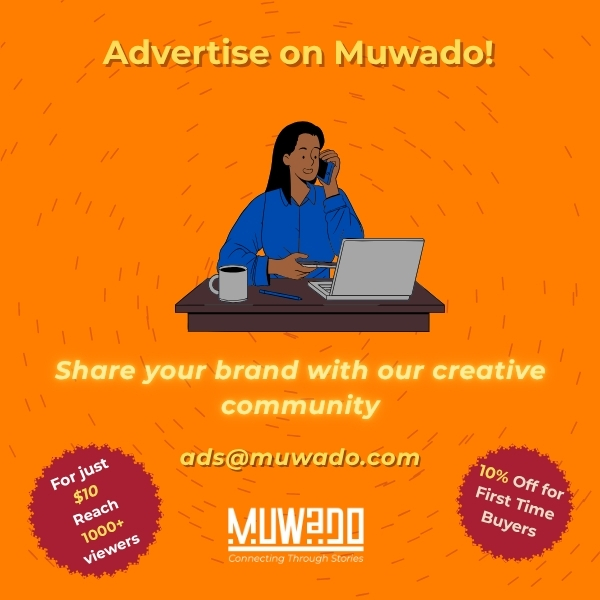She arrived at our clinic late in the afternoon, her eyes clouded with pain and fear, her gaze searching for relief from a torment she could not name. In moments like these, fate often hangs in the balance, and I could not help but wonder what would have become of her had she walked into the wrong hands. Sometimes, the thin line between vision and darkness is drawn not by luck, but by experience, a keen eye, and timely decisions.
There is a quiet urgency in ophthalmology, a recognition that some conditions allow no delay, that every minute lost is vision slipping away forever. My mentor’s words echoed in my mind: “The eye sees what it knows.” Without the right knowledge, it would be easy to misdiagnose her, to send her away with drops for allergies or infections, none of which would help, and all of which would steal precious time, inching her closer to irreversible blindness.
The clock was ticking. The first and most immediate step was to lower her dangerously high intraocular pressure that was causing the pain. We acted swiftly, administering intravenous mannitol, and watched as the pressure dropped in relief, but temporary. She needed pilocarpine as well, an essential eye drop, but that was beyond reach; not available in our government facility, nor anywhere in the all of Karamoja. The only way was to order it from afar, as far as Soroti, a delay we could ill afford, but even if we could, who was going to buy it? The patient wouldn’t afford it anyways.
I considered acetazolamide, another powerful medication, but our shelves were bare. It was a cruel irony: I knew exactly what to do, but my hands were tied by circumstance, by the limitations of our resources. Knowledge without tools, a surgeon with no scalpel.
Ideally, after stabilizing her eye, the next step would be a yag laser iridectomy, a precise, sight-saving procedure. But our clinic did not have the laser machine. The closest hospital with such capacity was Benedictine Eye Hospital, all the way in Tororo, a distant hope for a woman who could barely dream of leaving Karamoja, much less affording the journey or the treatment.
Desperate to help, I offered the option of a surgical iridectomy—taking her to the theatre myself to fashion a solution by hand. But fear won the day. Despite my explanations, she clung to the idea of eye drops, convinced they would cure her, resistant to anything else. I saw the confusion in her eyes, the gulf between our worlds. No matter how patiently we explained, the words fell short; understanding was out of reach, as if we spoke in different tongues.
In that moment, I realized how much literacy and education matter. They shape how patients perceive their illnesses, how they listen, and how they trust. Had she understood, perhaps the story might have ended differently. Instead, trapped by uncertainty and old beliefs, she refused the only option that could promise her sight.
Now, all we can do is watch, powerless, as blindness draws nearer, a tragedy made all the more bitter by its preventability. Will she change her mind? We can never know..
This post was created with our nice and easy submission form. Create your post!






